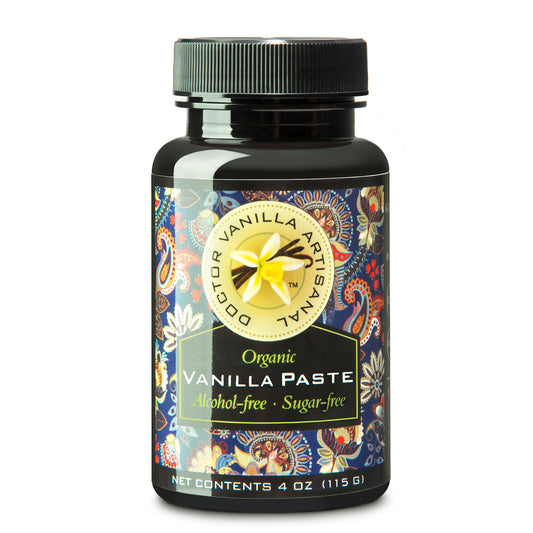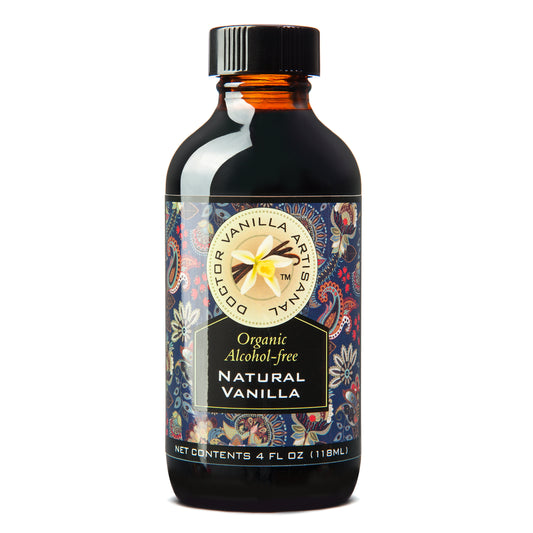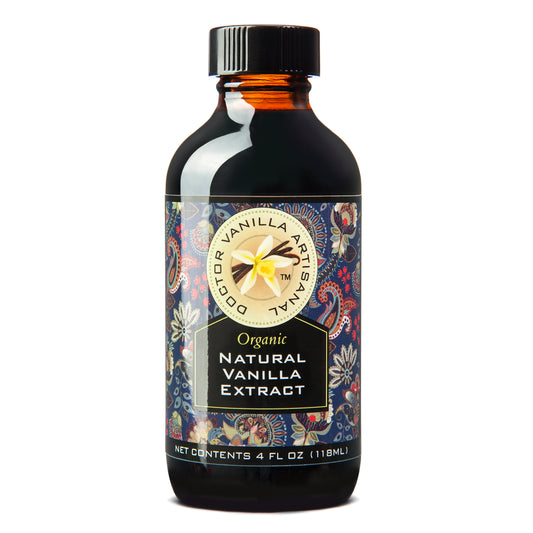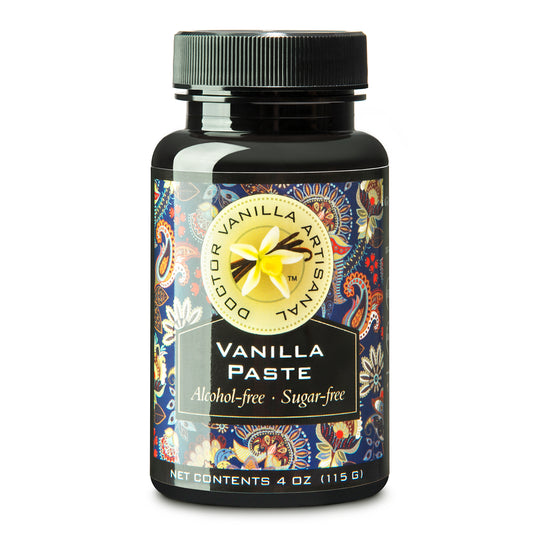Here are some of the vanilla-related queries that are asked the most. These are the short responses. Visit the Dr. Vanilla's blog website if you want to learn more about vanilla in-depth.
What is vanilla?
With over 25,000 species and more than 100,000 hybrids worldwide, the orchid family is the biggest group of blooming plants and contains only one edible fruit, vanilla. Only Vanilla Planifolia and Vanilla Tahitensis are utilized commercially out of the at least 400–500 kinds of vanilla orchids that are grown worldwide. Rarely is Vanilla Pompona used to create perfume.
Where is vanilla produced?
Originally, Mexico, Central America, and the Caribbean were the sources of vanilla. It is an American fruit. It now flourishes in a large number of tropical nations worldwide. Although vanilla variants are grown all over the world, the Americas produce the majority of the types that are consumed there.
Can vanilla be grown in the United States?
Depending on where you reside. Between 10 and 20 degrees either side of the equator, vanilla grows well. As a result, vanilla may be grown in Hawaii, South Florida, and Puerto Rico. In greenhouses, vanilla can also be produced, although it's difficult to get the plants to bloom and bear fruit. It is unmistakably a tropical orchid, and it struggles in low temperatures of less than 50 degrees.
Can seeds of vanilla be grown?
No, it needs to be rooted cuttings. If you reside in the US, get in touch with the American Orchid Society to learn where you can purchase an orchid plant. Cuttings of vanilla are hard to come by in the United States.
Where is the majority of vanilla grown globally?
Madagascar produces the most vanilla in the world, followed by Papua New Guinea. Up until recently, there were other significant producers in Indonesia, Reunion, and the Comoro Islands. Numerous other tropical nations, including India, Fiji, Tonga, the Caribbean, and East Africa, also grow vanilla. Although Papua New Guinea also produces Tahitian vanilla, Tahiti has historically been the main producer of this particular variety. But the quality isn't the same.
What is French vanilla?
There is no such thing as French vanilla. It's the name for an ice cream foundation made of egg custard. However, it's frequently used to describe perfumes, candles, and other specialty products since it sounds exotic or romantic - particularly in the fragrance sector.
My vanilla beans are extremely dried out. Do they perform well?
Yes. The beans will re-puff up after being soaked in liquid. Warm them in milk or cream, for example, if you're preparing custard. Another choice is to grind the beans and flavor sugar, coffee, tea, or dessert with the ground beans. Dry beans may also be added to a jar of sugar. They will recoup some moisture as well as absorb some moisture from the sugar.
Isn't artificial vanilla just as tasty?
Vanillin, the flavor and scent that we most closely connect with vanilla, is the only biological component in synthetic vanilla. About 25% of the flavor and aroma bouquet is made up of vanillin. Pure vanilla has a considerably deeper smell and taste than vanillin alone since it contains so many additional flavors and aroma ingredients. The "genuine deal" vanillin is simply superior to synthetic vanillin.
Do non-alcoholic vanilla extracts work?
Both yes and no. There are vanillas that don't contain alcohol, however the FDA mandates that they not be branded as pure vanilla extract because they don't. They are typically manufactured with glycerin or propylene glycol, go by the name Vanilla Flavor, and typically include the same amount of vanilla bean extractives as vanilla extracts. They offer a practical non-alcoholic flavoring option for dishes and drinks.
Do your vanillas have sugar in them? How much, if at all?
Since vanilla is already naturally sweet, it doesn't actually need sugar. However, when it was prepared at the apothecary stores, it resembled a tincture and had at least 25% sugar. In their extracts, some businesses utilize sugar or corn syrup while others do not, and the quantity of sweetener and/or caramel coloring varies. Our extracts don't contain any sugar, corn syrup, or caramel coloring. The FDA mandates that all ingredients be stated on the label, although the quantity of each ingredient need not be specified. Many businesses flout the regulations and fail to disclose the presence of sugar, corn syrup, or caramel coloring in their extract.
How should vanilla beans and extract be stored?
Extracts need to be stored in a cold, dark environment because light can harm them. It's okay to keep a cupboard away from the oven's heat. In order to prevent Mould, vanilla beans must be kept dry as well as in a cold, dark location. Generally, it's acceptable to store them in a tiny jar or in plastic, but if you live in a humid environment, you might want to wrap them in waxed paper first before putting them in a jar. Avoid freezing or chilling beans or extracts because doing so could ruin the extract and cause the beans to crystallize or dry out.
How long does extract stay effective?
If vanilla extract isn't exposed to harsh light or high temperatures, it can last for several years. It has a high alcohol concentration and is similar to fine whiskey or brandy in that it improves with age for about two years before levelling out. It will, however, start to deteriorate if it is exposed to heat or light. Pure vanilla extract has no set expiration date.
Conclusion
We have answered in short for most of the question which are mostly asked b about vanilla to know. To know more about vanilla extract, paste and beans click here





